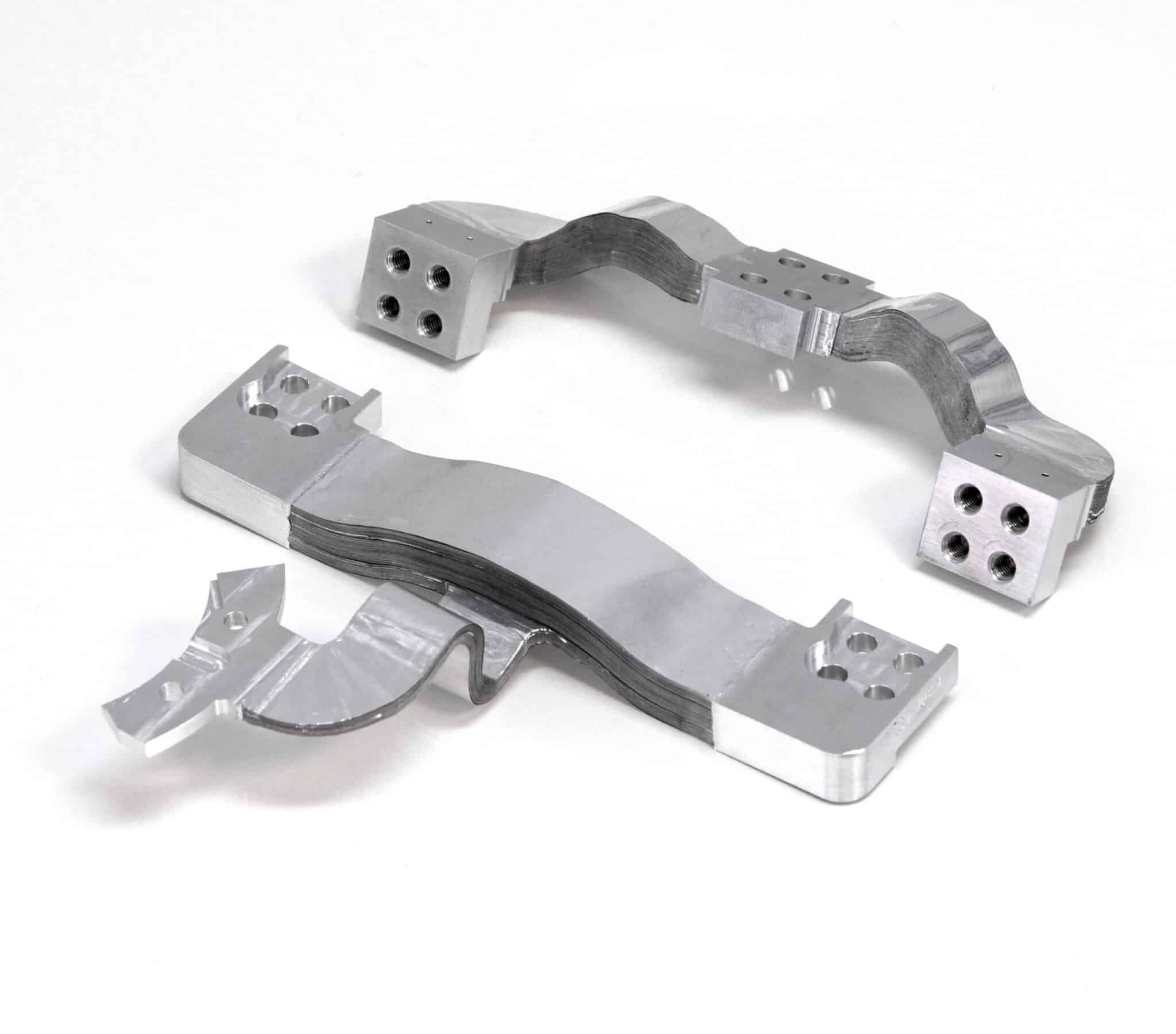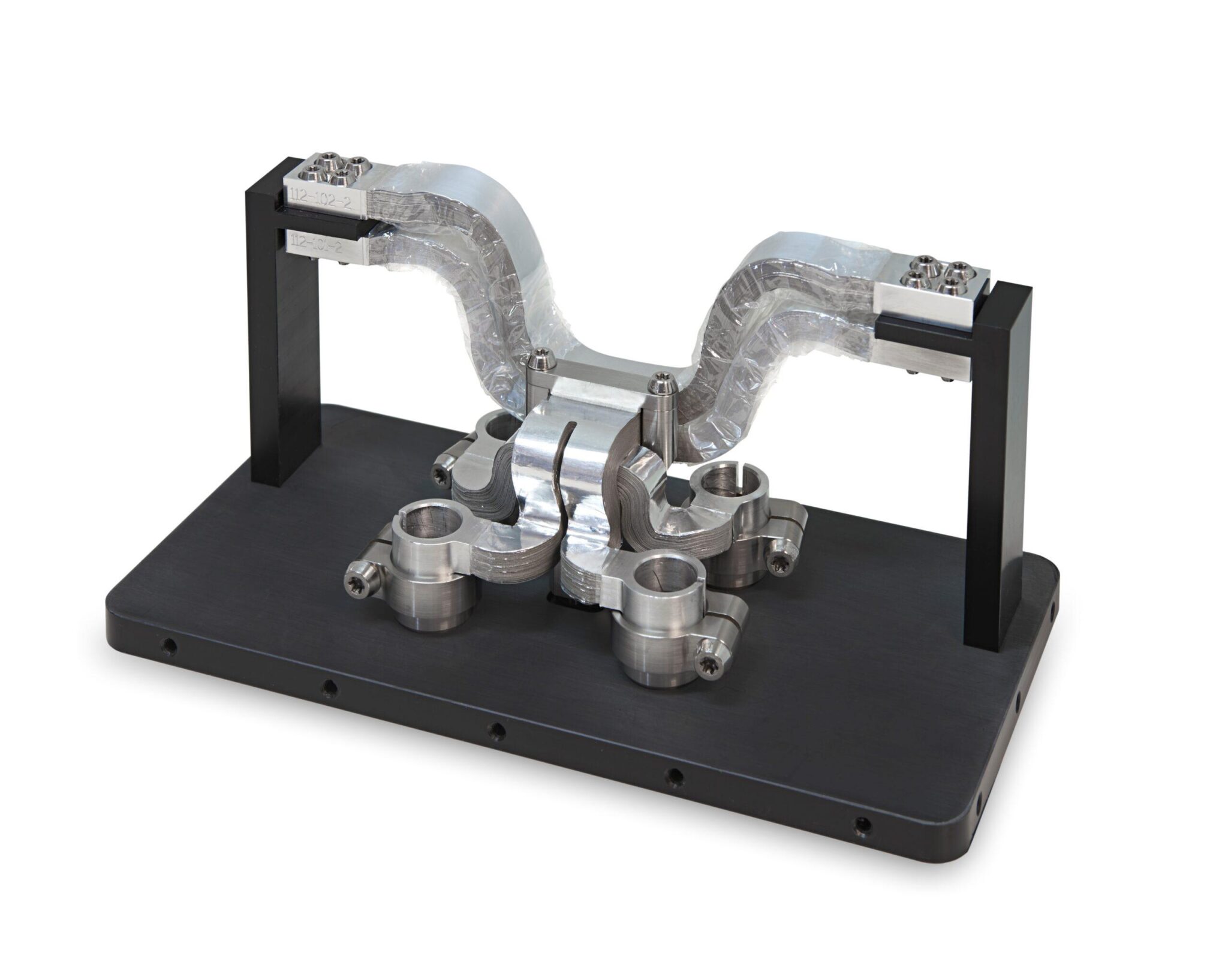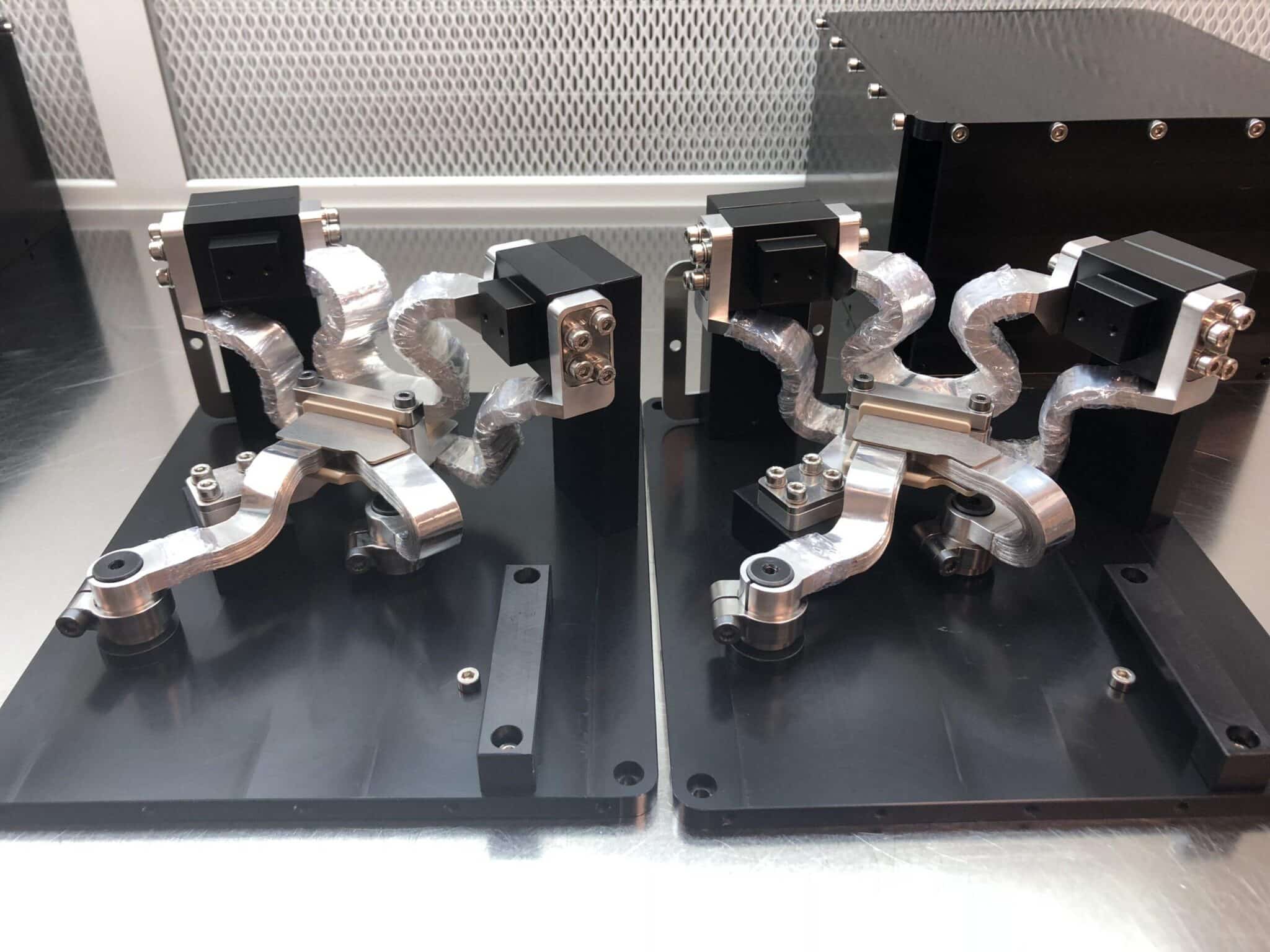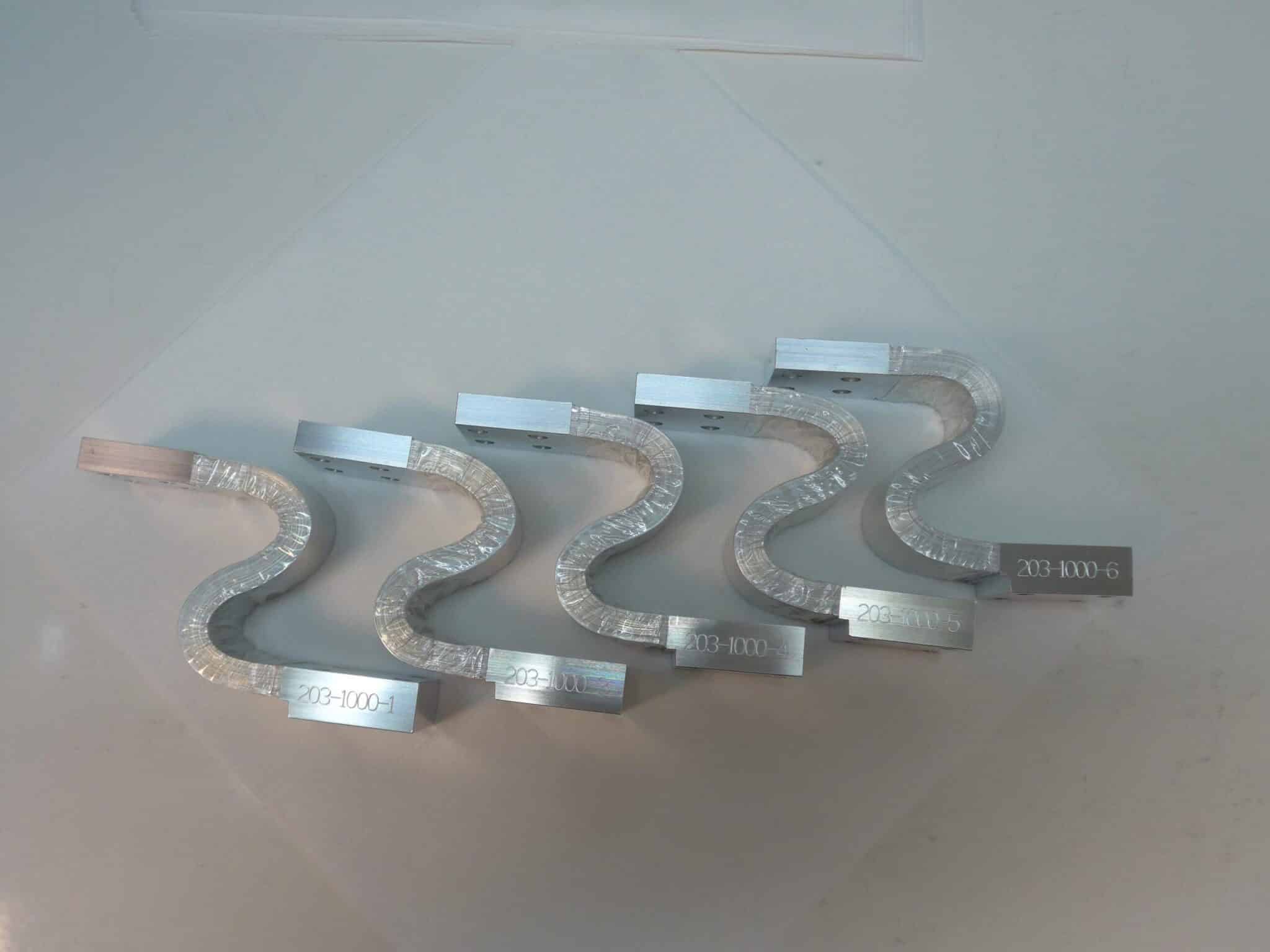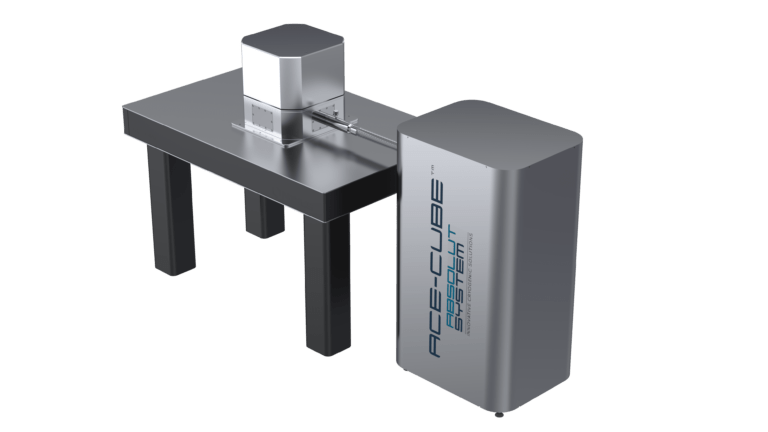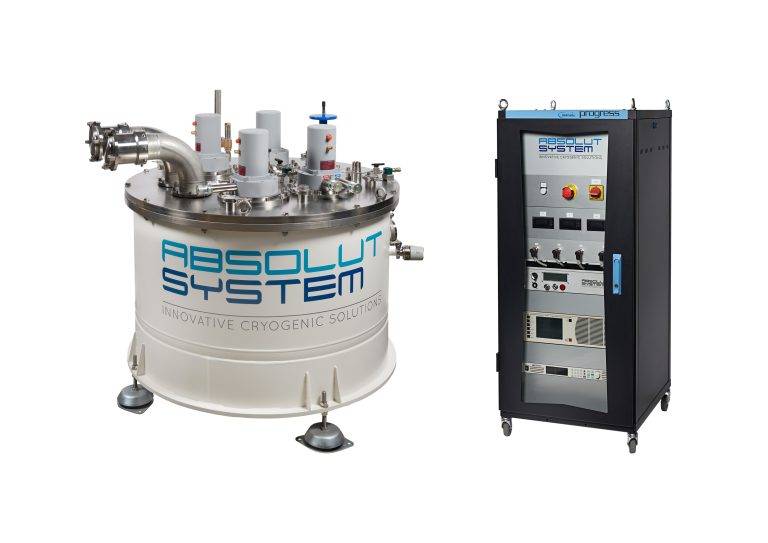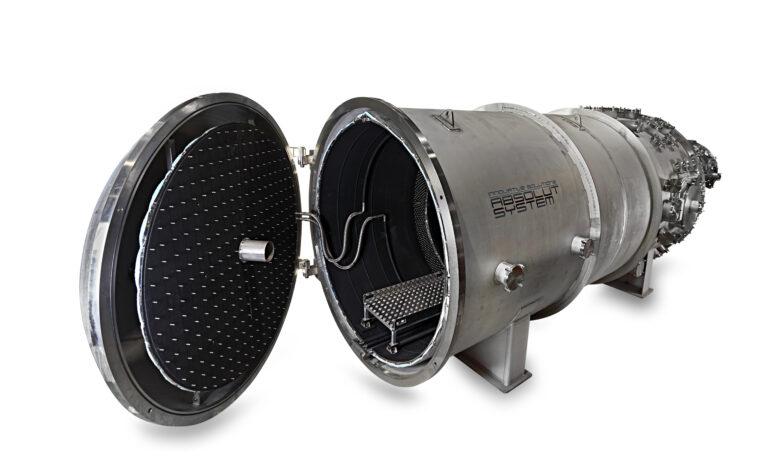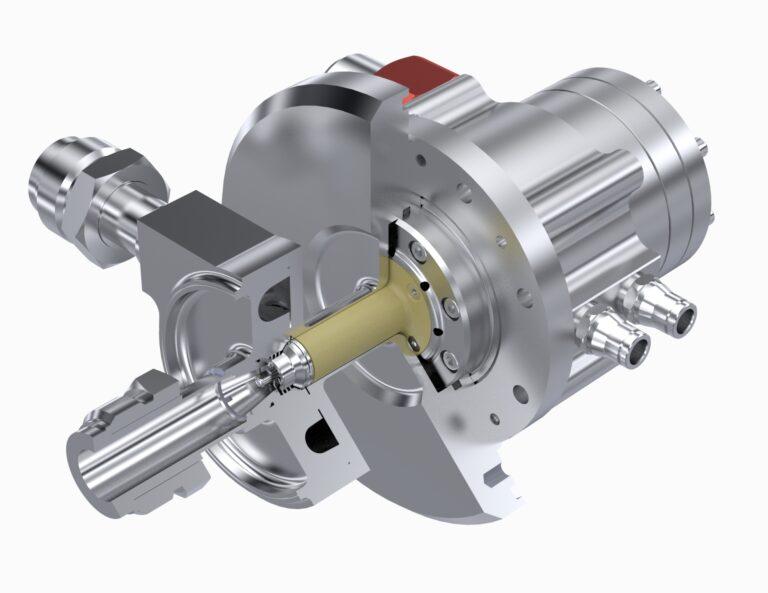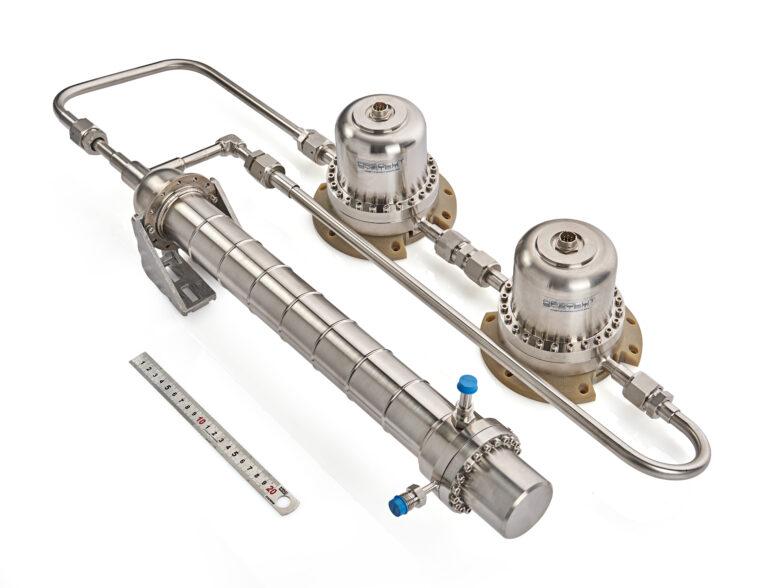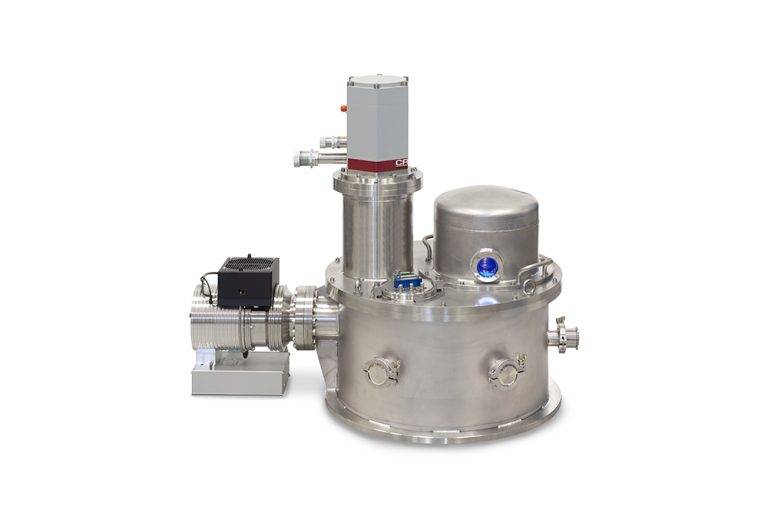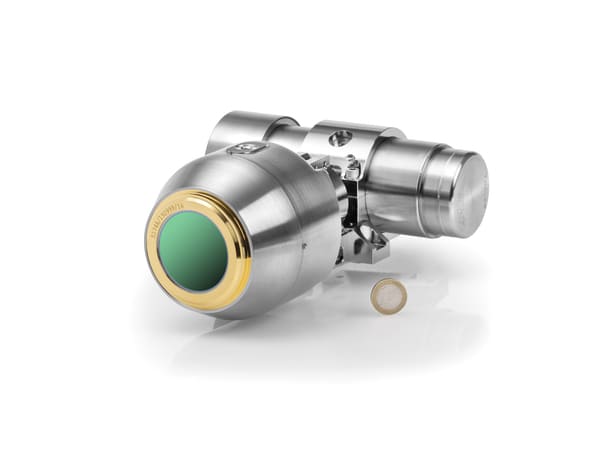Cleanliness is a very important factor due to the proximity of the detector: solutions are developed for different technologies to ensure cleanliness levels below 50ppm. All thermal links manufactured by Absolut System meet the cleanliness requirements imposed by proximity to the detector, and survive launch loads and thermal cycling without degradation of performance.
Absolut System is Europe’s leading manufacturer of thermal links, with numerous instruments already in flight:
- FCI and IRS: Third-generation Meteosat satellite (MTG)
- IASI-NG Instrument on the MEtOp SG satellite
- METImage Instrument for the EUMETSAT polar system satellite
- EUCLID/PLM (Payload Module) – a space mission to map the dark universe
- CO2M et LSTM : Copernicus
Our design office and a space project manager will be with you every step of the way, designing, manufacturing and qualifying your thermal links for observation satellites.
